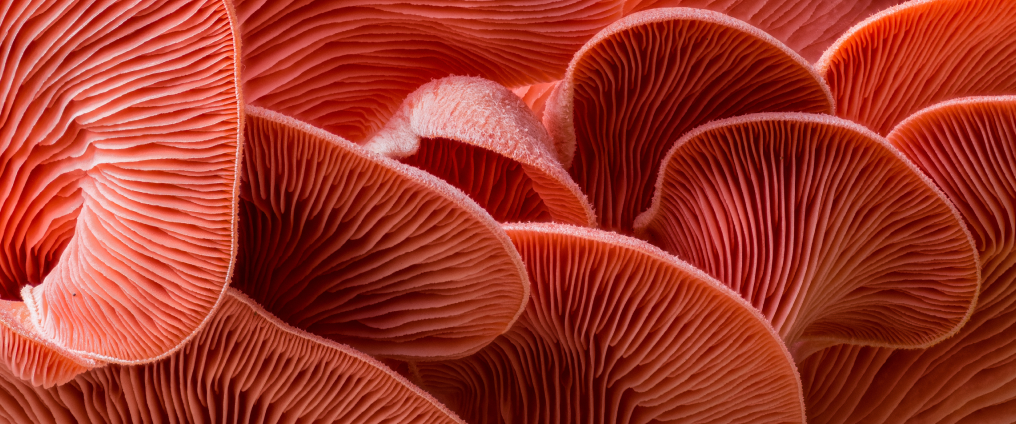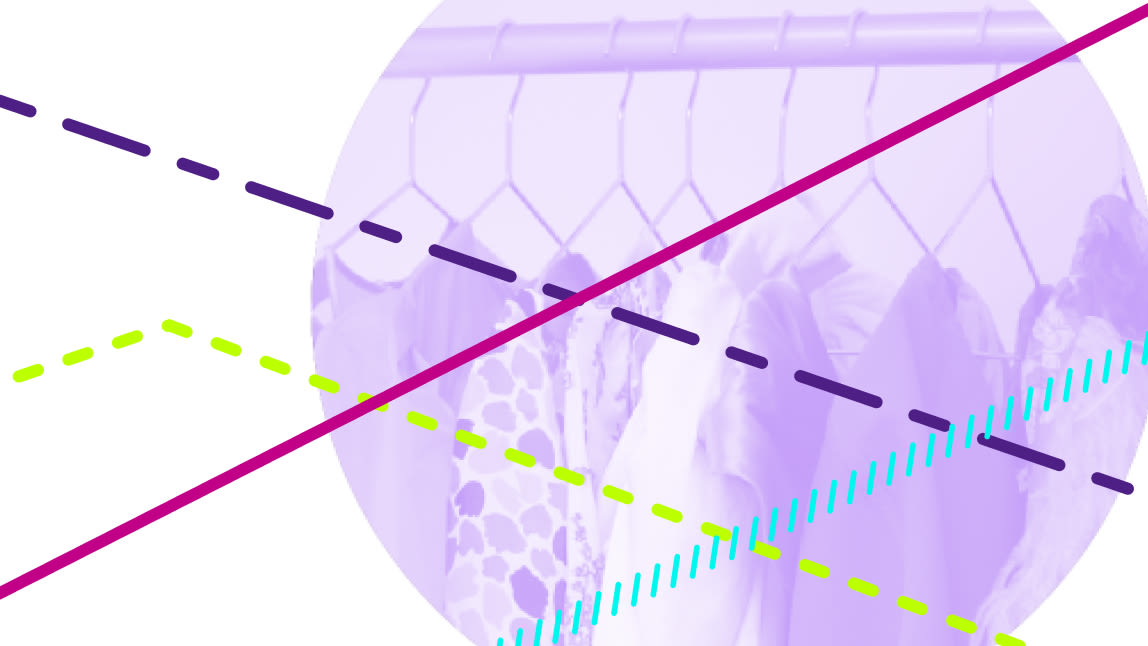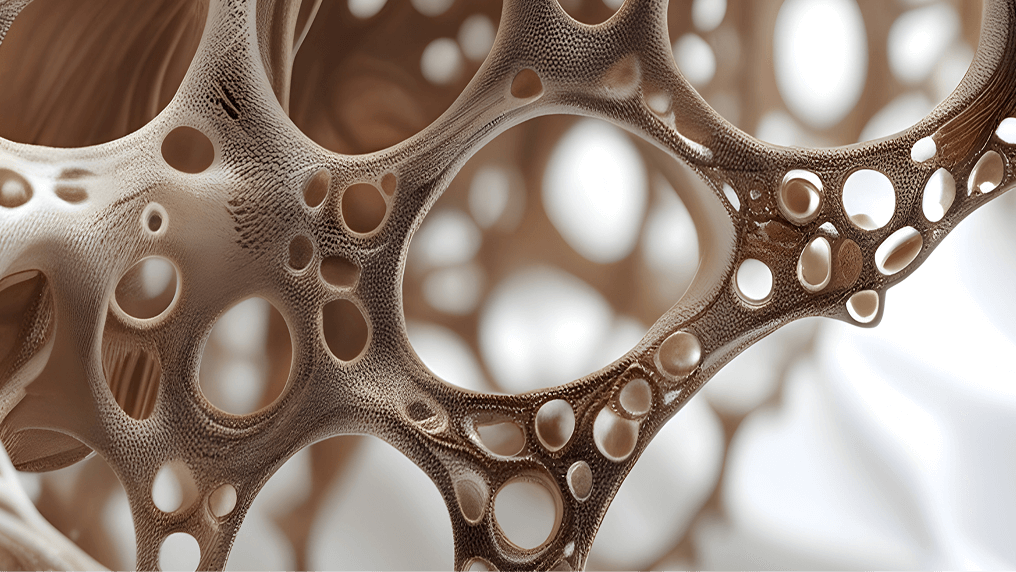How businesses are using circular economy principles to redesign their products to help the environment and their bottom line.
The three principles of the circular economycircular economyA systems solution framework that tackles global challenges like climate change, biodiversity loss, waste, and pollution. It is based on three principles, driven by design: eliminate waste and pollution, circulate products and materials (at their highest value), and regenerate nature. can help us focus on new ways of designing, making, and using products that won’t exhaust our dwindling resources or damage the environment. Companies who want to be more circular should aim to design and make products that:
Eliminate waste
Keep materials in use
Regenerate natural systems
A product may embody one or more of these principles and there’s often some overlap. If something has been made so it can easily be repaired and keep materials in use, for example, chances are it will reduce waste, too.
Of course, we need to consider the whole life cycle of a product and the entire system. There’s no point creating something that’s designed to be used again and again if the manufacturing process requires intensive use of fossil fuels or polluting chemicals. And if there’s no capacity to repairrepairOperation by which a faulty or broken product or component is returned back to a usable state to fulfil its intended use., remanufactureremanufactureRe-engineer products and components to as-new condition with the same, or improved, level of performance as a newly manufactured one. or recyclerecycleTransform a product or component into its basic materials or substances and reprocessing them into new materials. an item after use, we can’t truly call it a circular economy product either.
But how are businesses implementing the principles of the circular economy in the real world? Here are some success stories from companies who are rethinking their products at every stage, from the initial design to construction and usage.
Toxin-free, recyclable jackets: Napapijri Circular Series
Most high-performance jackets with waterproofing and insulation are made from an array of materials that are hard to separate and recycle. To overcome this problem, Italian clothing brand Napapijri has simplified its design so that the entire jacket - fabric, filling and trimmings - is manufactured from one polymer. The material is durable and high performing, but is also easily recycled.
Customers are encouraged to recycle their old jackets with the promise of a 20% discount off future purchases when they return their used garments.
Classic toy repair: Toy Rescue by Dagoma
Dagoma model and create files for toy parts that can be 3D printed. Anyone can use its platform and download parts to be printed for toys from Barbies to Batmen. If you don’t have access to a 3D printer, you can join the community and find someone who can do it for you. The aim is to extend the lifespan of toys and help people pass down well-loved toys to future generations.
Plastic-free cleaning products: Everdrop
Everdrop’s customers buy concentrated cleaning tablets and then add water from the tap to make a spray for kitchens, bathrooms, and glass. This business model reduces CO2 emissions as there’s no need to transport bulky containers full of liquid.
Everdrop also cuts down on plastic waste as customers dissolve the tabs in their own reusable containers. The company, based in Germany, estimates it has eliminated more than 2.5 million single-use plastic bottles with its tabs.
Headphones as a service: Gerrard Street
Electronics waste is a serious problem. Breakages and the continual release of new products contribute to tonnes of electronics going to landfill each year. 53.6 million metric tonnes (Mt) of electronic waste was generated worldwide in 2019 according to the UN.
Headphones brand Gerrard Street has developed a new business model to tackle the problem. They design modular headphones for subscription. The products are easy to disassemble and repair, and no glue is used making them. If a part fails, customers can simply order a new part, thus extending the lifetime of the headphones.
The subscription model allows Gerrard Street to collect and reusereuseThe repeated use of a product or component for its intended purpose without significant modification. components from headphones once a customer has finished with them. Customers pay a monthly fee and can send headphones back to be repaired or upgraded as needed.
‘Naked’ cosmetics: Lush
Lush has redesigned some of its liquid personal care products to be sold as solid formulations that replace liquid products in plastic bottles. Its ‘naked’ range now includes shampoo, conditioner, body wash, toner, and deodorant.
Currently, around 65% of Lush's product range is ‘naked’. Since 2005, Lush has sold nearly 50 million naked shampoo bars globally, eliminating over 150 million plastic shampoo bottles. They’ve also cut down on packaging by creating the Lush Labs app which lets customers access product information like ingredients or directions for use, removing the need for labelling and packaging.
Circular furniture and homewares: IKEA
60% of Swedish furniture maker IKEA’s range is now based on renewable materialsrenewable materialsMaterials that are continually replenished at a rate equal to or greater than the rate of depletion., and more than 10% contains recycled materials. The aim is to make its products 100% circular, using only renewable or recycled materials by 2030
Helping customers to reuse products is key to this strategy. IKEA now offers spare parts and fittings to extend the life of products and sells pre-owned furniture in-store. It’s also introduced a buy-back scheme. Customers get a quote online for their old furniture, return the item to an IKEA store and get a refund card to spend on something new.
Organic jeans for rent: MUD Jeans
MUD has turned the ‘make, buy, wear, bin’ fashion model on its head. Customers rent the jeans and return them to MUD when the denim is worn out. MUD can then repair the jeans or recycle them – they’re not burnt or tossed into landfill. In a circular system, materials stay in use.
MUD also uses renewable energyrenewable energyEnergy derived from resources that are not depleted on timescales relevant to the economy, i.e. not geological timescales. and innovative technology to clean up the toxic production process widely used in denim manufacture.
More about MUD
Making circular economy products is challenging, but businesses across the globe are finding creative ways to rethink supply chains and ownership, and make a profit in innovative ways that can help us tackle challenges like climate change and biodiversity loss.





